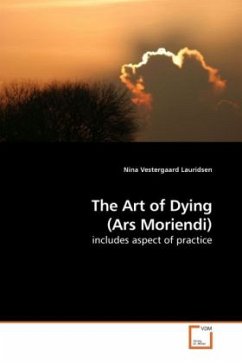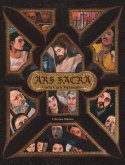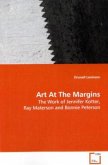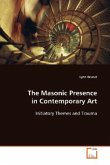every photo poses itself the question Are we allowed to view what is being exposed? (Derrida cited in-Levi Strauss, 2003 p. 3) This dissertation will be investigating ethics in relation to photography and death and discussing the limits for visual expression. An ethical choice is rarely black and white. When is something art and when is it not? When is it pure provocation? And should Art be a reasonable justification for provocation or insult? I am attracted to subjects and themes that lie close to the border of public opinion of what is acceptable. This interest in death has been with me for quite some time now. The unknown what happens after we die? Why are we so scared of facing the one thing that we can be sure will happen? Is it only because we do not know what will happen, and loss of self, of control or fears of oblivion are terrifying? Or is there more to it? Why is it that western society in general sees death as a taboo subject?
Bitte wählen Sie Ihr Anliegen aus.
Rechnungen
Retourenschein anfordern
Bestellstatus
Storno








